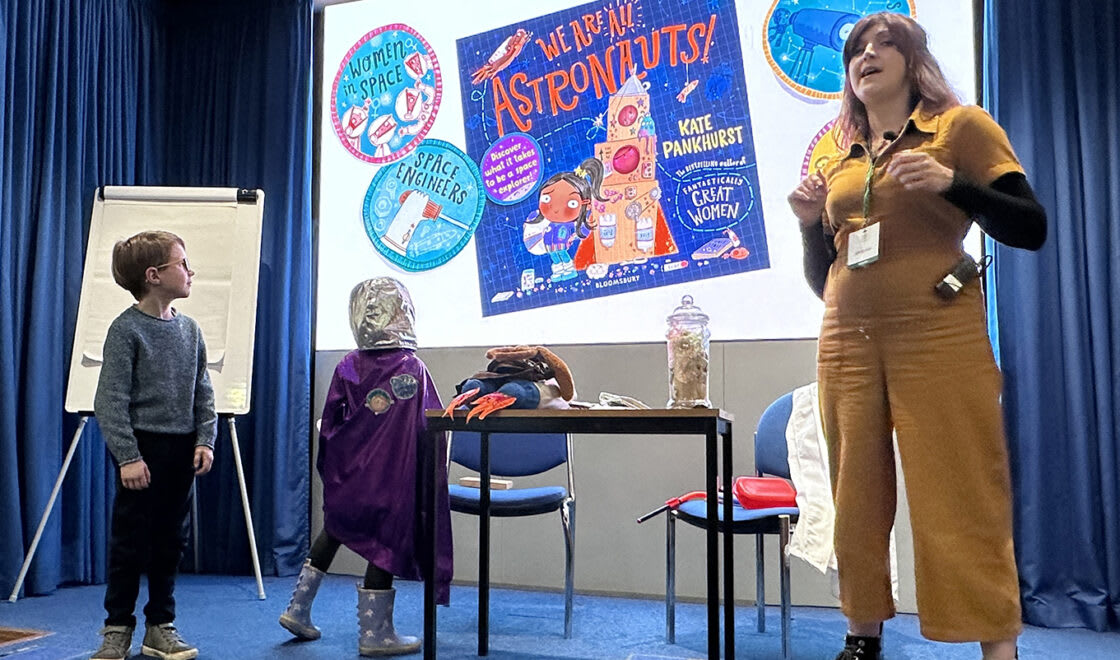Money might not grow on trees… but gold does! The stuff of fantasies – eternal love, gilt castles and paved streets can be found in tiny veins in the leaves of Eucalyptus trees. But before you yell Eureka… by tiny I mean one fifth of the size of a human hair. It does make me wonder though, how did it get there? To answer that we need to head on out into the universe in search of dying stars. It is thought that gold was first created when the burnt out heart of two stars collided in a tale of til-death-do-us-part that would make Shakespeare weep. A neutron star is the smallest but heaviest type of star (they are heavier than our sun even though they may be as small as 10km across!) that is made up almost entirely of neutrons. This is because all the other star stuff has already died off leaving only a burning raging heart. When two neutron hearts collide, it is a simply spectacular explosion so hot and fierce it fuses atoms together creating new materials. A pure, parting gift of this explosive love affair is gold.
Scientists believe that a huge quantity of gold could be thrown out into space from a single neutron star collision! With a birth like that, no wonder we can’t resist its smooth, honeyed tones. In fact, our appetite for gold is insatiable. In an average year our global haul of gold is about 50 million troy ounces. A troy ounce, which has been used since Roman times to measure precious metals, is equal to 31.1034768 grams. This means we currently produce a cube of gold, measuring 4.3 meters cubed, every year. Add up all the gold ever found on Earth and you would fill just over three Olympic swimming pools.
It isn’t just gold’s beauty that entrances us, it possesses some incredible qualities. We all know that gold is quite soft – particularly if it is high purity – but did you know that it is so flexible that a mere gram can be beaten out into a sheet one square meter in size. Couple this property with its ability to conduct electricity and it is easy to see why it is so useful in the tiny circuits that make your mobile phone work. One of the reasons gold is such a useful metal is because it is so chilled out. With an equal number of positive and negative charges in a normal gold atom, it is reluctant to react with anything. It is balanced and happy with itself, like the perfect romance, it does not seek anything else to complete it. This is the reason gold, unlike silver, doesn’t tarnish – because it is not interested in oxygen at all. And it is only fitting for a story so laced with love and romance that the chemical symbol for gold, Au, comes from the Latin word ‘aurum’ after the goddess of dawn or the morning glow.
It is for all these reasons that gold can be found in Eucalyptus leaves – tiny chilled out particles that the tree soaks up along with other nutrients from the soil. Like every good love story, the feeling runs deep. There is a suggestion that the gold-laced leaves indicate a high level of gold deep underground. Metal detectors at the ready!






